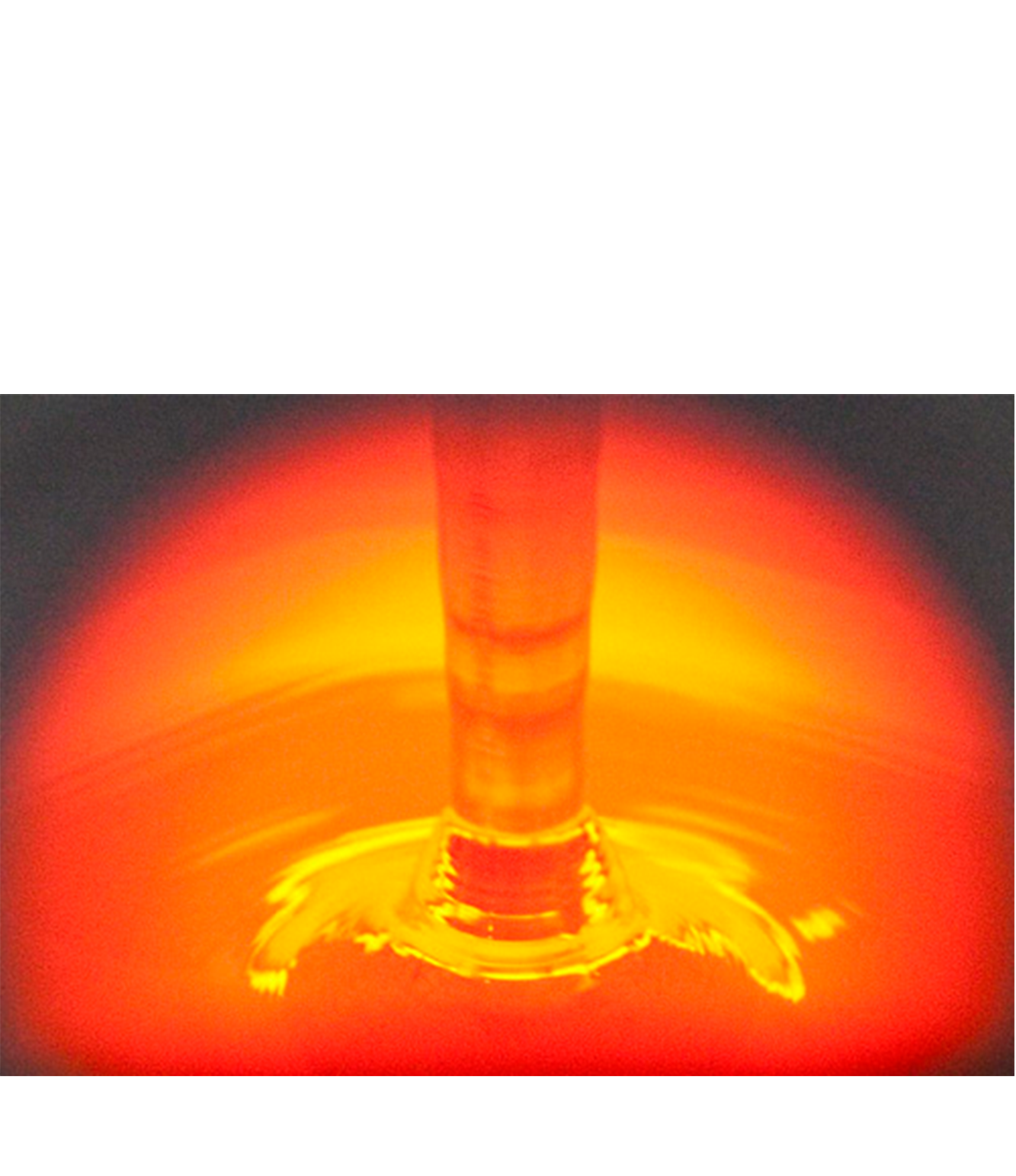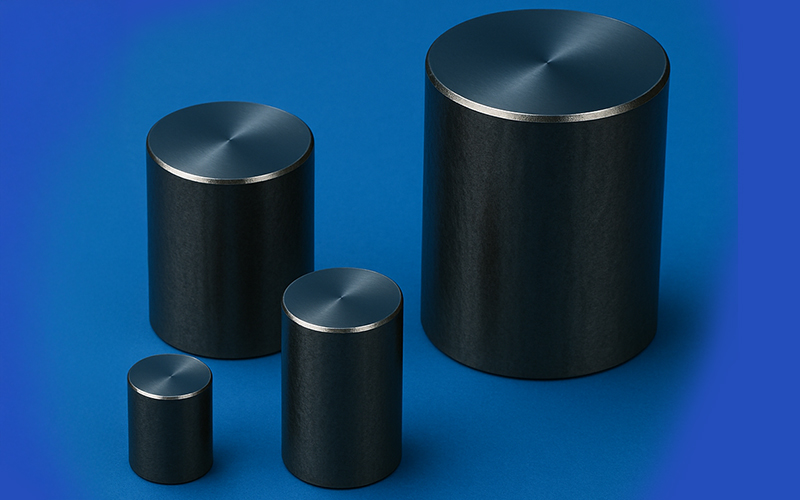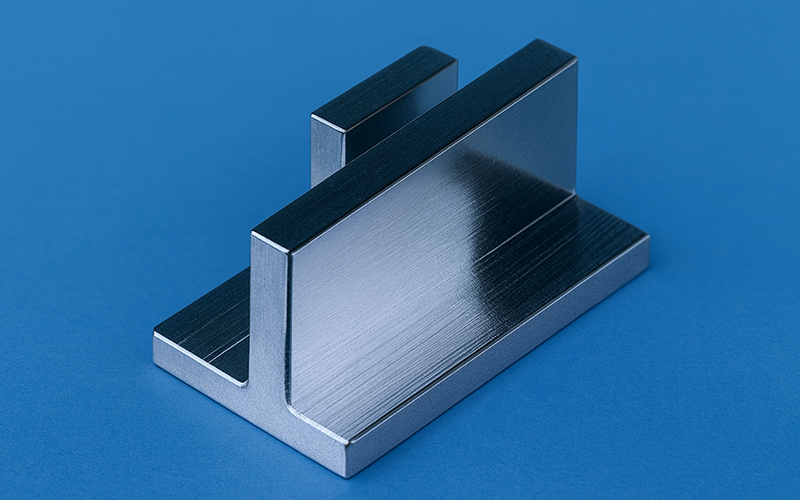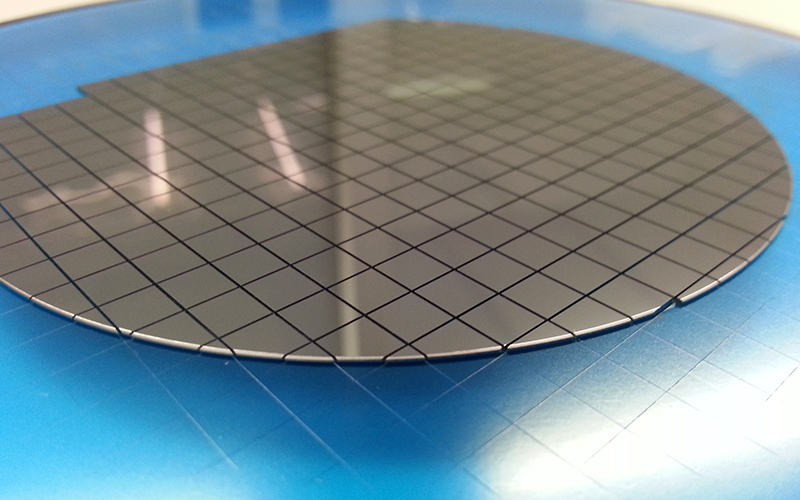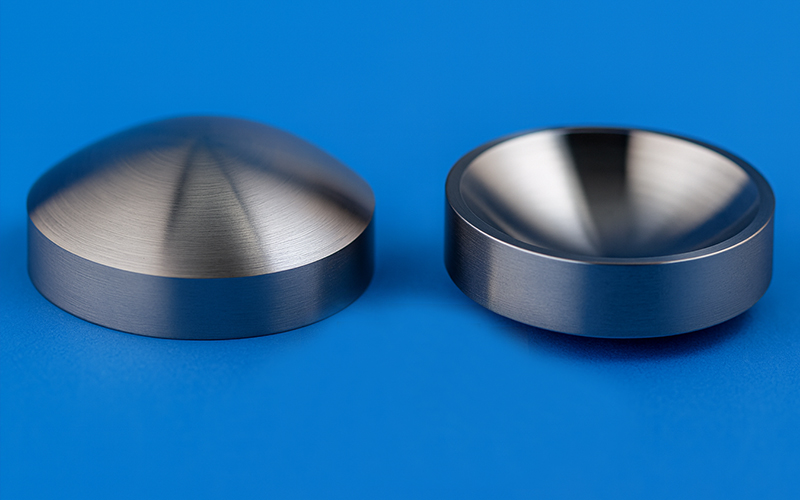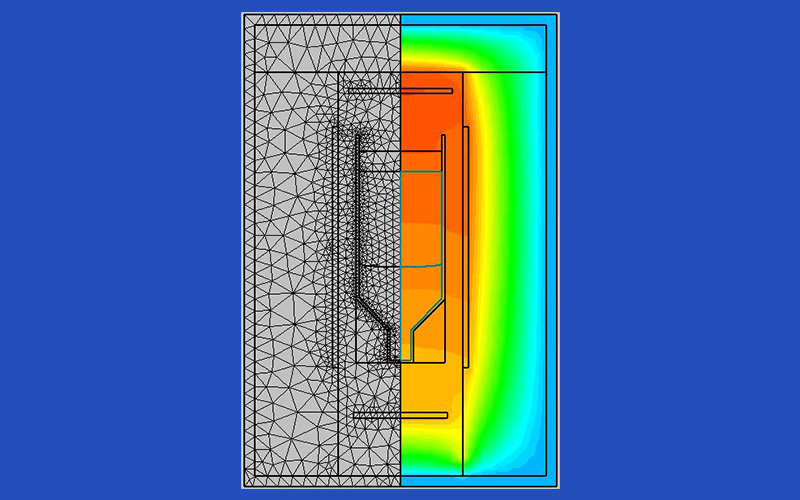Germanium crystals are a key material in electronics, optics, and sensor technology. We offer crystals grown using both the Vertical Gradient Freeze (VGF) and Czochralski (Cz) methods. Each method provides distinct advantages, allowing us to select the best material for your specific application.
For demanding applications like space solar cells, concentrator photovoltaics, monochromators, and various sensor applications, we provide doped crystals with extremely low to zero dislocation density, resulting in an almost stress-free material.
Additionally, our high-resistivity Germanium crystals boast excellent infrared transparency, making them an essential component in infrared optics. These are used to create lenses, windows, and prisms for thermal imaging devices.
| Crystal Growth method | VGF or Cz |
| Diameter | 50.8mm (2”), 76.2mm (3”), 100mm (4”) and 150mm (6”), non-standard ingot diameter on request |
| Length | VGF: max 110mm, Cz: max 180mm |
| Dopants | Ga for p-type, Sb and P for n-type |
| Resistivity (at 20°C) | p-type: 0.0005 – 0.5 Ωcm n-type: 0.001 – 0.5 Ωcm IR application: 3 – 30 Ωcm |
| Dislocation density (EPD) | Depending on orientation, doping and growth method, please ask for details |
| Ingot Orientation | (100), (110), (111), (100) + 6° off (311), (331), (511) etc. … |
| Surface finish | as ground |
CORE PRODUCTS, SERVICES AND APPLICATIONS
Our SOLUTIONS
